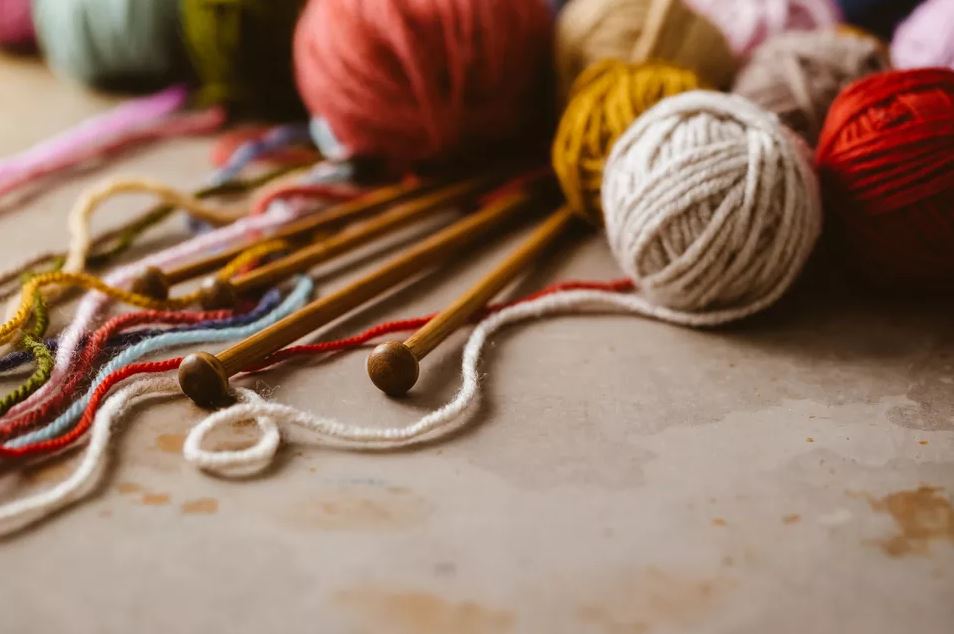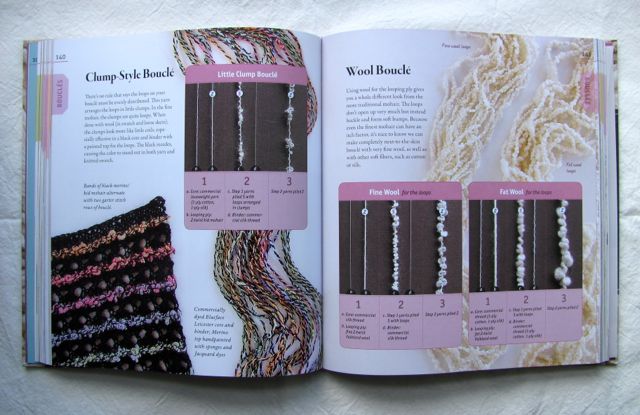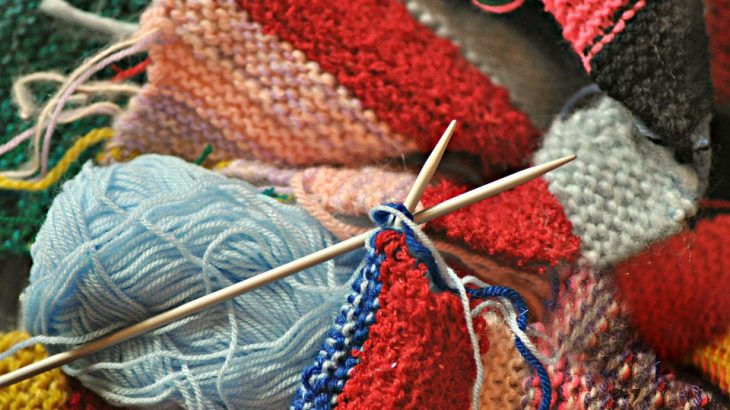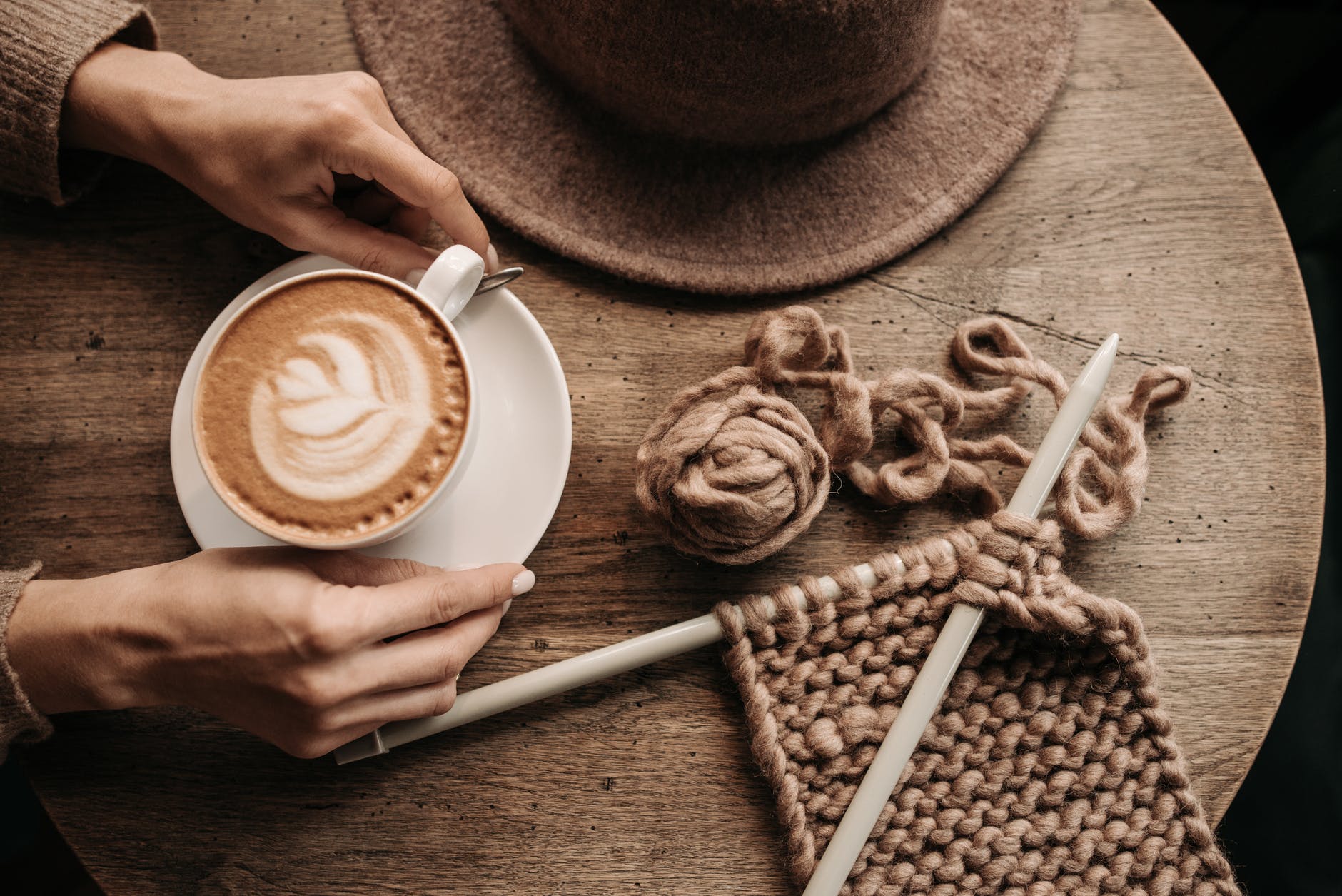Essential Knitting Supplies for Beginning Knitters
My grandma taught me how to knit when I was a little girl and since then, I’ve knitted in waves, picking it up to make a blanket for a friend for example, or going months or years without knitting anything. But the hand motions always come back to me quickly. Every time I start knitting again after a long break, I have a moment where I think,” Oh, yes, I remember this. Now, in my early 40s, knitting has proven to be a great escape for when I need a mental break or something to occupy my hands while watching a movie.

One of the reasons I love knitting is that I can make beautiful garments made of natural fibres and only need a few supplies to make that happen. Plus, I don’t need to maintain any supplies and my yarns won’t go bad like painting supplies might. I have yarns that have been sitting in my closet for years waiting for a project.
If you’ve never knitted before but would like to give it a try, know that it’s both easy to learn and it’s affordable. You only need a few supplies andmany learn basic stitches in under an hour. Ready to get started? Here’s what you’ll need.
A Good Yarn Book
In my opinion, every knitter needs a knitting library. Having the best knitting books on your bookshelf is essential. Unlike other hobbies such as drawing or painting, knitting requires you to follow a pattern. It’s an important step when getting started, especially for knitting beginners who need some extra guidance.
In the knitting world, patterns mean instructions. They give you an idea of how the final product will look like, explain what stitches you’ll need, and give step-by-step directions for what type of stitch to make in each row. While patterns aren’t basically necessary to make something square or rectangle-shaped, like a scarf for example, but you can benefit from having them if you want to add a contrast-stitch or hem to the edges of your project.

You’ll find a bunch of good yarn book options available on the market to choose from. Some of them are so inspirational that they make you want to grab some yarn and knitting needles and start knitting right away. Sometimes I enjoy simply sifting through the beautiful pictures, fascinating charts, and the little background story about how the various designs were created.
There are heaps of knitting books covering knitting patterns, knitting stitches, knitting help, knitting techniques and tutorials. Most with strumming photography. The best yarn book options can guide you to a project you’re tackling and they are great for inspiration on what to knit next. My recommendation? Knitting Rules by Stephanie Pearl. With this book, you’ll learn lots of useful, adaptable and fun knit patterns to try when learning to knit. It also includes a lot of practical knitting information – it unravels the mysteries of tangled yarn and stubbornly unfinished projects. After reading this book and trying some of the gorgeous patterns, you’ll have a great understanding of what to choose for which project and why.
Knitting Needles
Different knitting projects call for different needle sizes. Thicker needles are generally used to create a looser weave while thin needles create a very tight final product. Large needles (size 10 or above) are great options for blankets and throws and tiny needles (size 3-9) are better suited for small projects, like socks and coasters.

Patterns suggest what needle size to use. You’ll also often find needle size recommendations on the packaging for whatever skein of yarn you’re working with. As a beginner, you may want to choose a midsize set of needles as they are the most versatile and are large enough to clearly see what you’re doing without being too large that they are awkward. Kneading needles are also available in different materials. To start off you may want to choose wooden needles as they are lightweight and create more friction than metal needles, so the loops of your stitches are less likely to accidentally slide off. A wooden single-ended needle size 9 or 10 is a great option to get started with knitting.
Yarn
You can find yarns in almost any fibre, but cotton and wool are the most popular. Blends of cotton and wool are also available as well as synthetic materials like acrylic and polyester, which tend to be less expensive.

Which type of yarn to choose will depend on what you want to knit. To make practice stitches, choose a durable yarn that you can manipulate a bit as you weave and re-weave your rows. Wool makes lovely warm blankets, but it’s a bit delicate, and can sometimes unravel if you knit and re-knit it too many times. How many skeins you’ll need for your project depends on the fibres and size of your project. Again, most patterns will tell you how many yards you’ll need.



